Copland’s Appalachian Spring
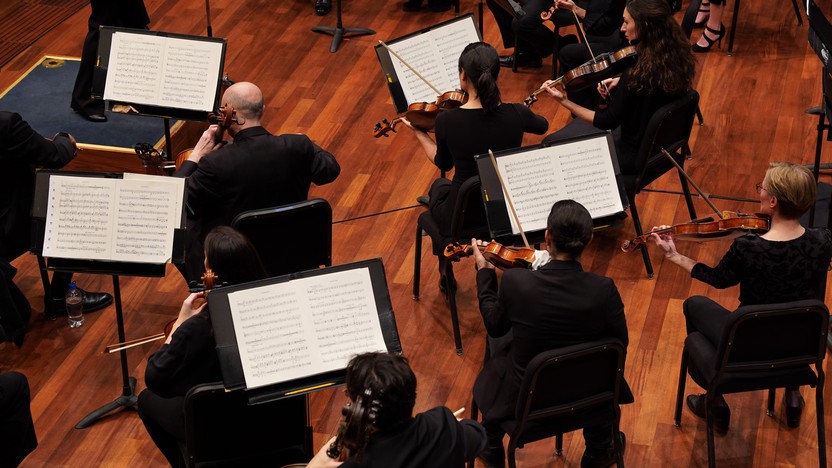

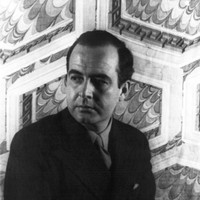
A child prodigy from a musical family, Samuel Barber enrolled in the founding class at Philadelphia’s Curtis Institute of Music at the age of 14. He went on to win the American Academy’s Rome Prize, which bankrolled his Italian residency from 1935 to 1937. During that time, Barber composed his String Quartet (Opus 11) as well as an adaptation for string orchestra of the quartet’s slow movement. It was that Adagio for Strings that launched Barber’s international career when Arturo Toscanini conducted it on a radio broadcast in 1938.
Anyone familiar with the mournful tropes and ancient modes of Barber’s signature work will recognize a family resemblance with his very last composition, the Canzonetta for oboe and strings. Barber had accepted a commission for a concerto from the New York Philharmonic to feature their longtime principal oboe, Harold Gomberg, but a series of hospitalizations for cancer treatment prevented the composer from completing the task. He narrowed his plan to focus just on a slow movement, and before he died, he got far enough that his publisher was able to hire Barber’s only student, Charles Turner, to complete and orchestrate the work based on indications in the manuscript.
Aaron Grad ©2021
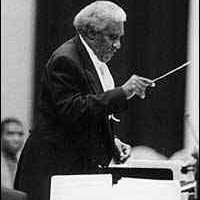
Coleridge-Taylor Perkinson’s wide-ranging career as a composer and conductor knew no boundaries. In addition to arranging for jazz and pop artists like Max Roach, Marvin Gaye and Harry Belafonte, he also scored several films in the 1960s and 70s, cofounded the Symphony of the New World in New York City in 1965 and composed classical music for orchestra, ballet and chamber ensembles. This breadth of activity — when combined with Perkinson’s voracious appetite for music both old and new, pop, folk and classical — has drawn comparisons to that of his contemporary Leonard Bernstein.
Blue/s Forms looks back to the Baroque forms of the chaconne and passacaglia found in Johann Sebastian Bach’s partitas or suites for solo violin or cello and connects the tradition of improvisation, ornamentation and counterpoint from that era to the blues and the roots of African American music, forms that also use repetitive harmonic cycles and personal expression through virtuosity.
Jonathan Posthuma ©2021
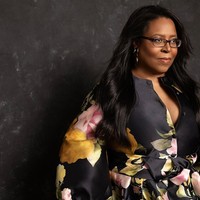
Valerie Coleman was named Performance Today’s 2020 Classical Woman of the Year, validating her immense contributions as a composer, performer and educator in American music. As the founder and longtime flutist of Imani Winds, Coleman has made a lasting imprint on the modern wind quintet repertoire, including this work that Imani Winds recorded on their 2016 album Startin’ Sumthin’. The composer wrote the following description.
"Red Clay is short work that combines the traditional idea of musical scherzo with living in the South. It references the background of my mother's side of the family that hails from the Mississippi delta region. From the juke joints and casino boats that line the Mississippi river, to the skin tone of kinfolk in the area: a dark skin that looks like it came directly from the red clay.
The solo lines are instilled with personality, meant to capture the listener’s attention as they wail with “bluesy” riffs that are accompanied (‘comped’) by the rest of the ensemble. The result is a virtuosic chamber work that merges classical technique and orchestration with the blues dialect and charm of the south."
–Valerie Coleman
Aaron Grad ©2021
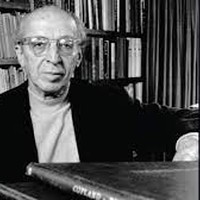 Listen to Audio
Listen to Audio
In the wake of two well-received ballets set in the American West — Billy the Kid (1938) and Rodeo (1942) — Aaron Copland began Appalachian Spring in 1943. He created the ballet for the dancer and choreographer Martha Graham, and he worked under the title Ballet for Martha until not long before the premiere, when Graham suggested Appalachian Spring, borrowing a phrase from Hart Crane’s poem “The Bridge.”
Created for the 500-seat auditorium at the Library of Congress in Washington, DC, this ballet needed a suitably compact pit orchestra, so Copland used just thirteen instruments in the original version. The next year he arranged most of the ballet into a concert suite for orchestra, and his publisher later added the option heard here, which preserves the original chamber ensemble scoring while adopting the structure of the concert suite.
The wonder of Appalachian Spring is how it achieves so much using such simple and familiar musical ingredients. The first section assembles its hazy wash of consonant sonorities by enunciating plain triads and the resonant intervals of fourths and fifths. The following section energizes similarly basic materials — octave leaps, triadic intervals and descending major scales — into spry dance music. There is a tender scene for the young couple, a lively romp depicting the revivalist and his dancing minions, and then a brisk solo dance for the bride, which dissipates into a return of the gentle, triadic wash of the beginning.
The famous section that follows, starting with a theme in the clarinet, presents the tune of Simple Gifts, a Shaker dance song written in 1848 by Joseph Brackett. The humble melody fits seamlessly into the homespun, diatonic language of Copland’s score, and its increasingly grand variations rise to a transcendental climax.
Aaron Grad ©2024
All audience members are required to present proof of full COVID-19 vaccination or a negative COVID-19 test within 72 hours prior to attending this event. Masks are required regardless of vaccination status. More Information
Concerts are currently limited to 50% capacity to allow for distancing. Tickets are available by price scale, and specific seats will be assigned and delivered a couple of weeks prior to each concert — including Print At Home tickets. Please email us at tickets@spcomail.org if you have any seating preferences or accessibility needs. Seating and price scale charts for the Ordway Concert Hall can be found at thespco.org/venues.
Get driving directions and find nearby parking.
Find dining options close to the venue.
View seating charts to find out where you'll be seating.
SPCO concerts are made possible by audience contributions.
For exclusive discounts, behind-the-scenes info, and more:
Sign up for our email club!
